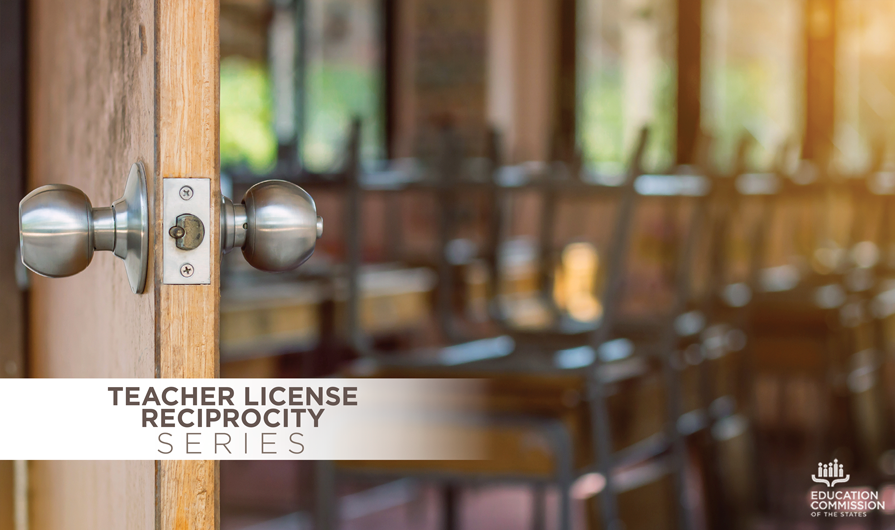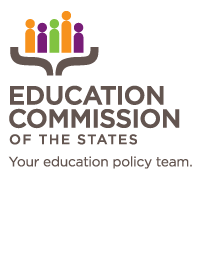Teachers, doctors, and lawyers share one thing in common: when they move from state to state, their licenses may not follow. While licenses exist to protect public safety, they also have the effect of creating higher barriers to entering professions or moving to another state. Only eight states offer full teacher license reciprocity, which means that teachers certified in one state can be considered fully licensed in another. Most states require additional coursework, assessments, or experience in order to become certified to teach within their state.
These regulatory barriers and other concerns could hinder efforts to reopen schools this coming school year. According to the Centers for Disease Control and Prevention, individuals over 55 account for more than 92% of all COVID-19 deaths in the United States. Another CDC analysis found that those over 65 made up 45% of hospitalizations and 53% of admissions to intensive care associated with COVID-19.
The CDC has encouraged individuals who are more at risk to continue sheltering in place versus returning to work. For education, that could mean as many as 646,000 teachers will be unable to return to the classroom if schools reopen. Schools will need to find new roles for these teachers and also quickly recruit other teachers who can be present if schools reopen for hybrid or full-time instruction.
Teacher licensure barriers could make it more difficult for schools to recruit teachers from out of state. They can also make it more difficult for a teacher to instruct students elsewhere in the country as the demand for more online instruction increases. As we’ve seen in recent weeks, many school leaders are concerned with rising COVID-19 cases and see distance learning as their best option to begin the school year.
State policymakers can address this by leveraging other reforms used in the response to COVID-19. Washington, for example, is allowing medical professionals to work in the state without a license if the person is “in good standing in all states of licensure and is registered in the volunteer health practitioner system.” North Carolina has temporarily waived its certificate-of-need laws. Lawmakers in Massachusetts are considering legislation to make it easier for out-of-state nurses to surge capacity at hospitals.
States can consider similar measures and also embrace wider reciprocity in order to ensure schools have access to the teaching workforce needed to reopen schools when it’s safe to do so. Michigan, for example, gave their superintendent the authority to issue a temporary one-year teaching certificate to anyone holding a teaching certificate from another state or a teaching degree from an out-of-state teacher preparation institution.
The COVID-19 pandemic created not only a public health and educational crisis but a labor market crisis in education. States can explore ways of using reciprocity to make it easier to surge capacity to heavily impacted areas as well as create new pathways for teachers to instruct online.




